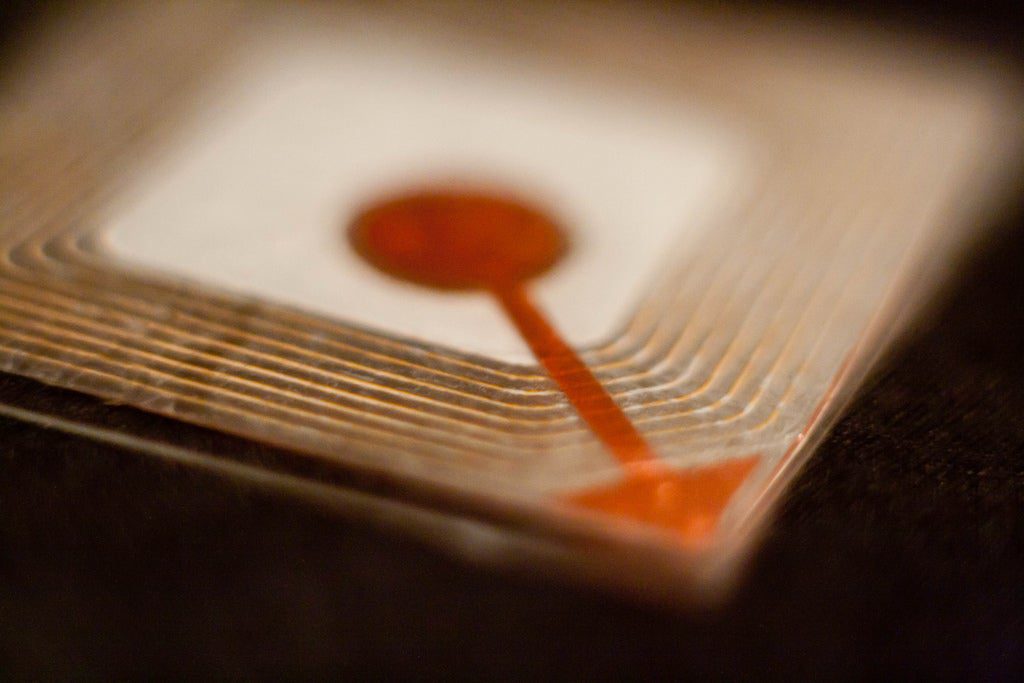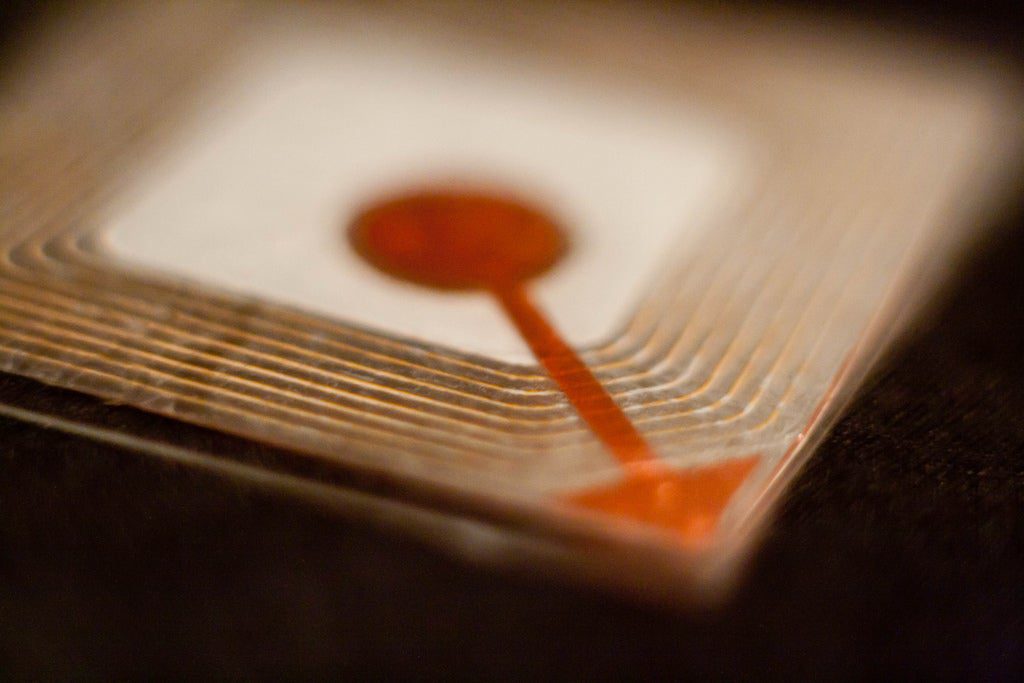
An RFID
To hear biohacker Hannes Sjoblad talk about it, getting a radio frequency identification (RFID) chip installed under your skin is like an inoculation against obsolescence. As seen in a short video from the BBC, workers in a Swedish office complex called Epicenter get around using the small chips embedded within their hands. The tradeoff is very direct: ease of use at the expense of personal information.
Why would employees agree to microchipping? Sjolblad, Epicenter’s ‘chief disruption officer’ and a member of the Swedish biohacking group BioNyfiken, sees the microchipping as inevitable. He wants biohackers to figure out the implications and understanding of the technology before big companies or governments decide it’s a good idea to require chips in people. At Epicenter, these chips literally provide access; doors open at the wave of a microchipped hand, and instead of fumbling for a card to activate the office printer, people instead press their hands against a chip reader. In turn, the door and the printer recognize which person who uses them, creating a digital log of behaviors once too mundane to record.
Of course, it’s the placement of the RFID tag under the skin that makes this strange. People add mundane tracking devices to their lives all the time, from fitness trackers to smartphones. Phones are imperfect identification devices, but the the information they contain is personal and revealing enough that last summer a circuit court ruled that police need a warrant to access it.
Currently, microchipping at Epicenter is optional. For those who do choose to get the chip and opt-in to a cyberpunk dystopia future, a professional tattooist inserts the device. Perfect.









